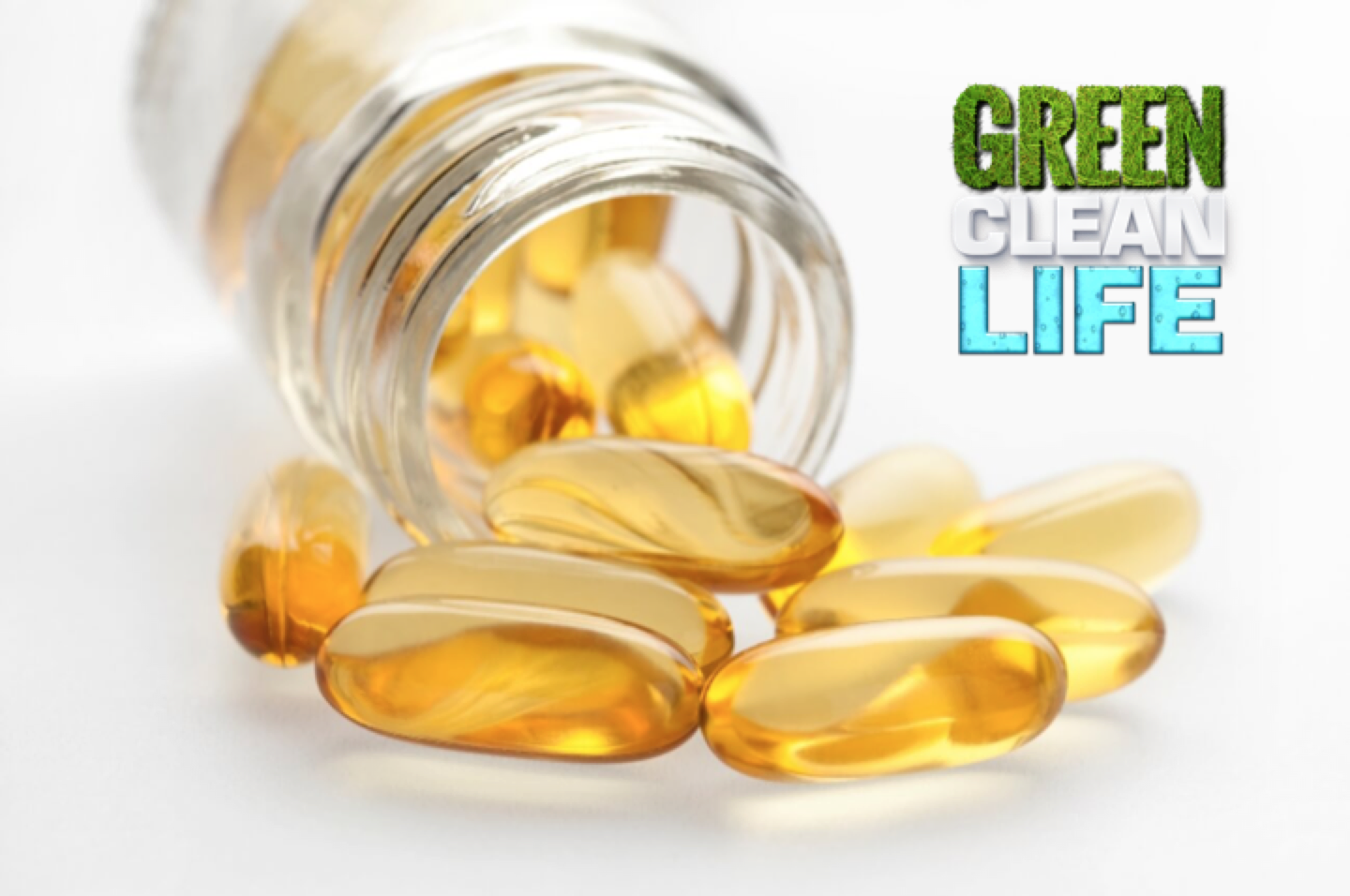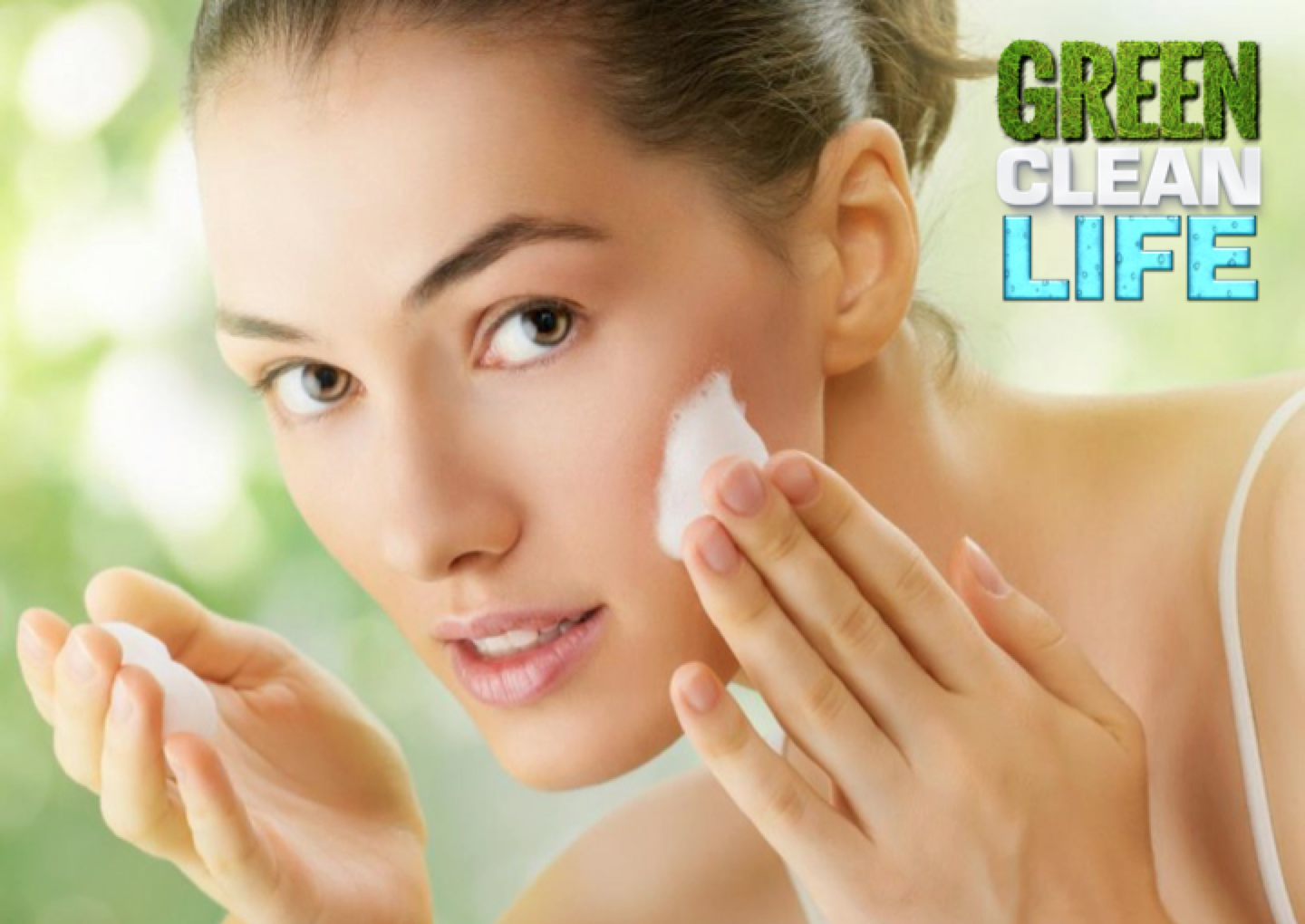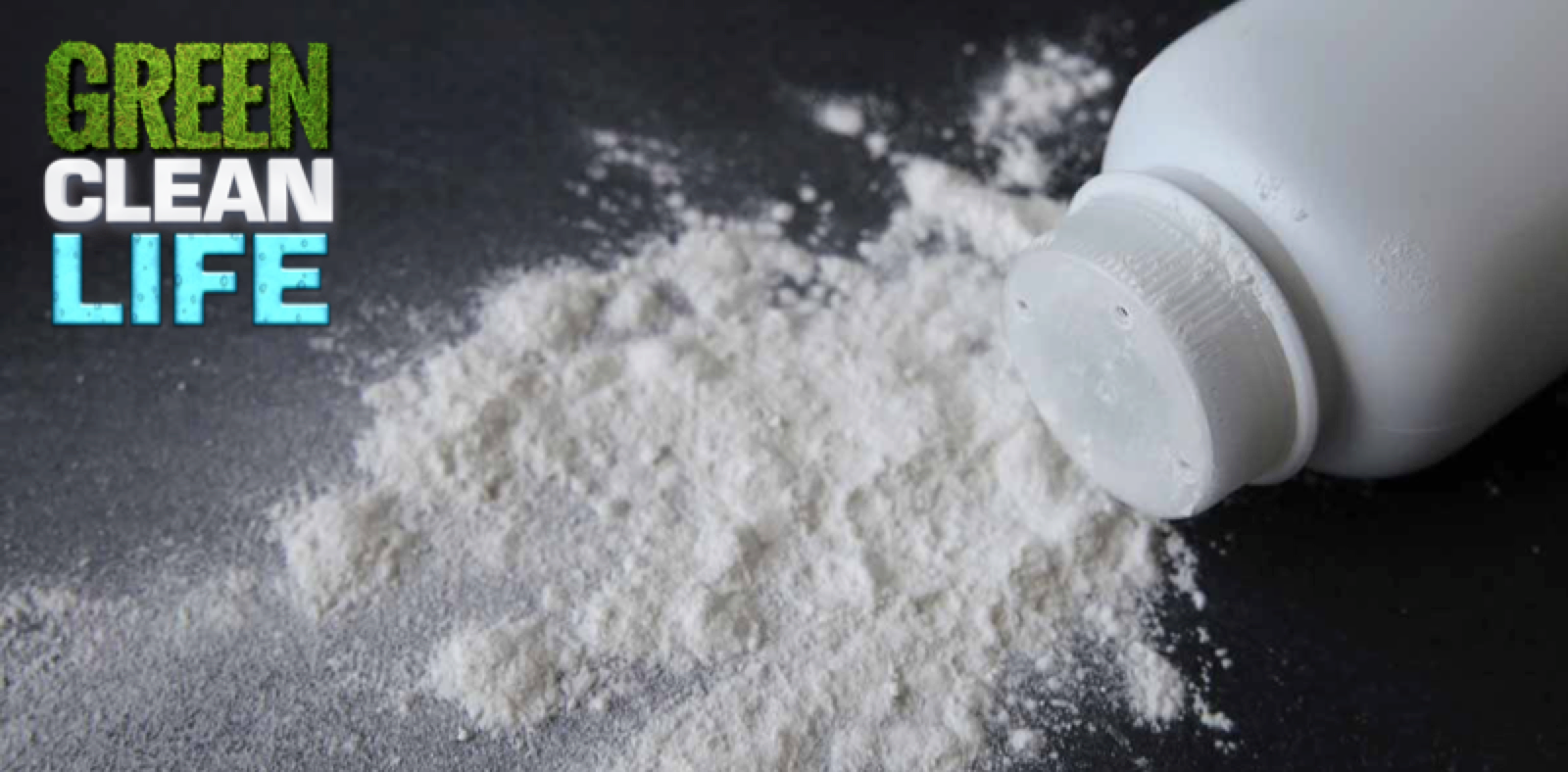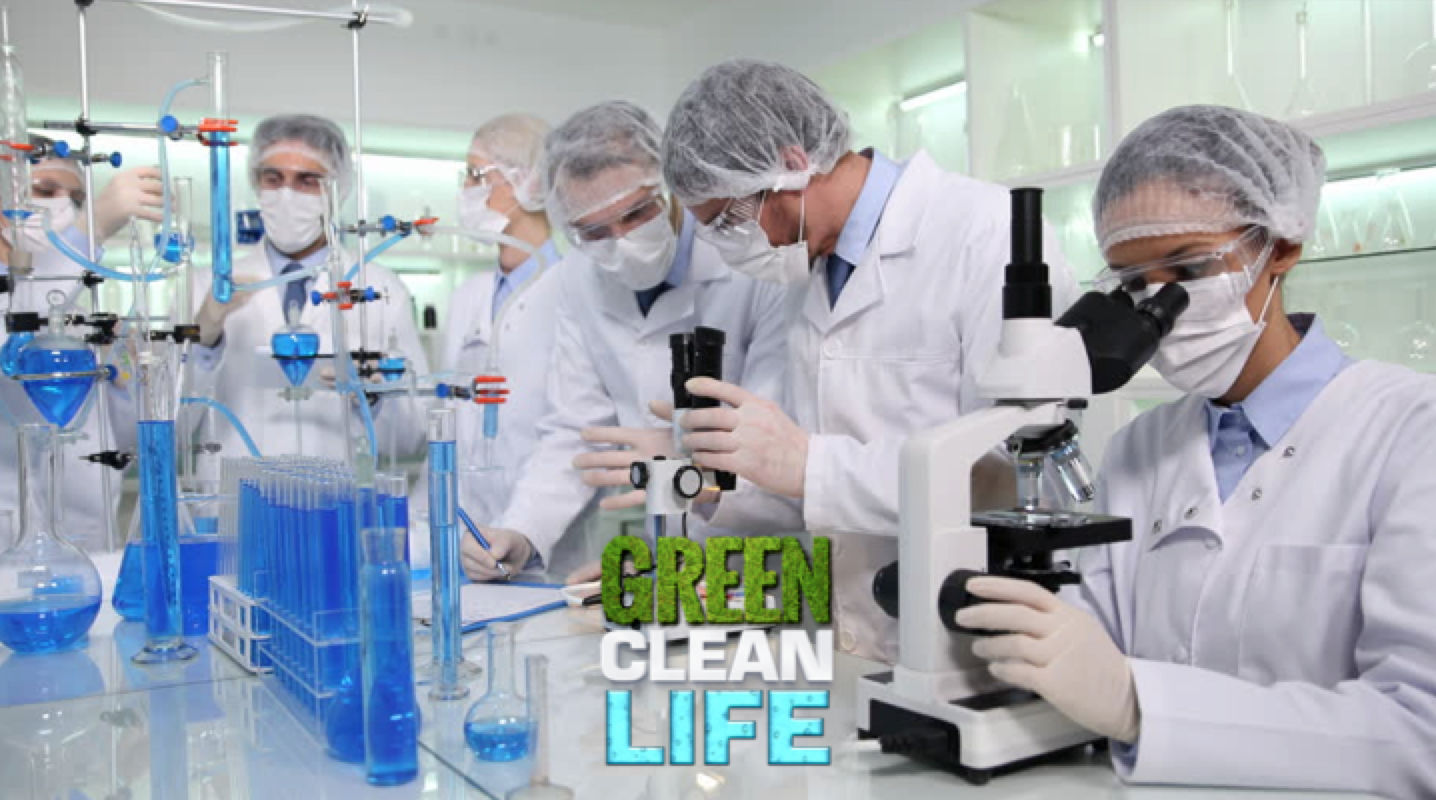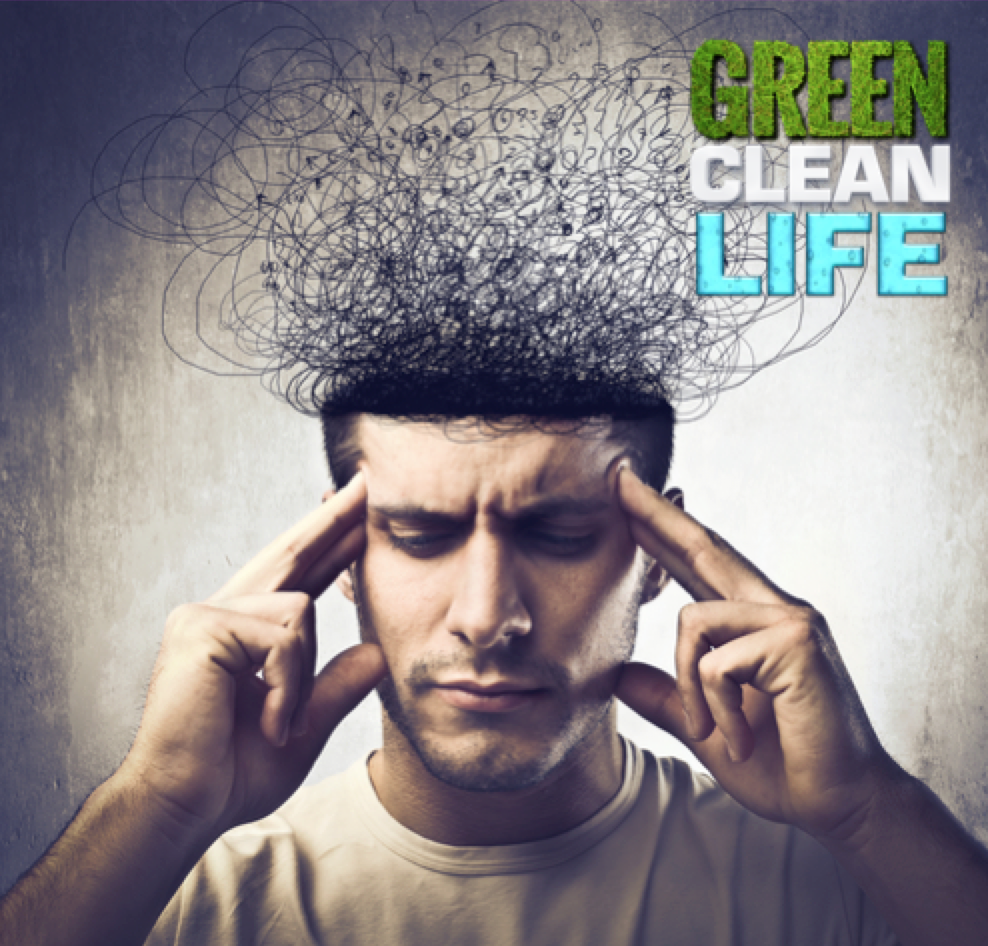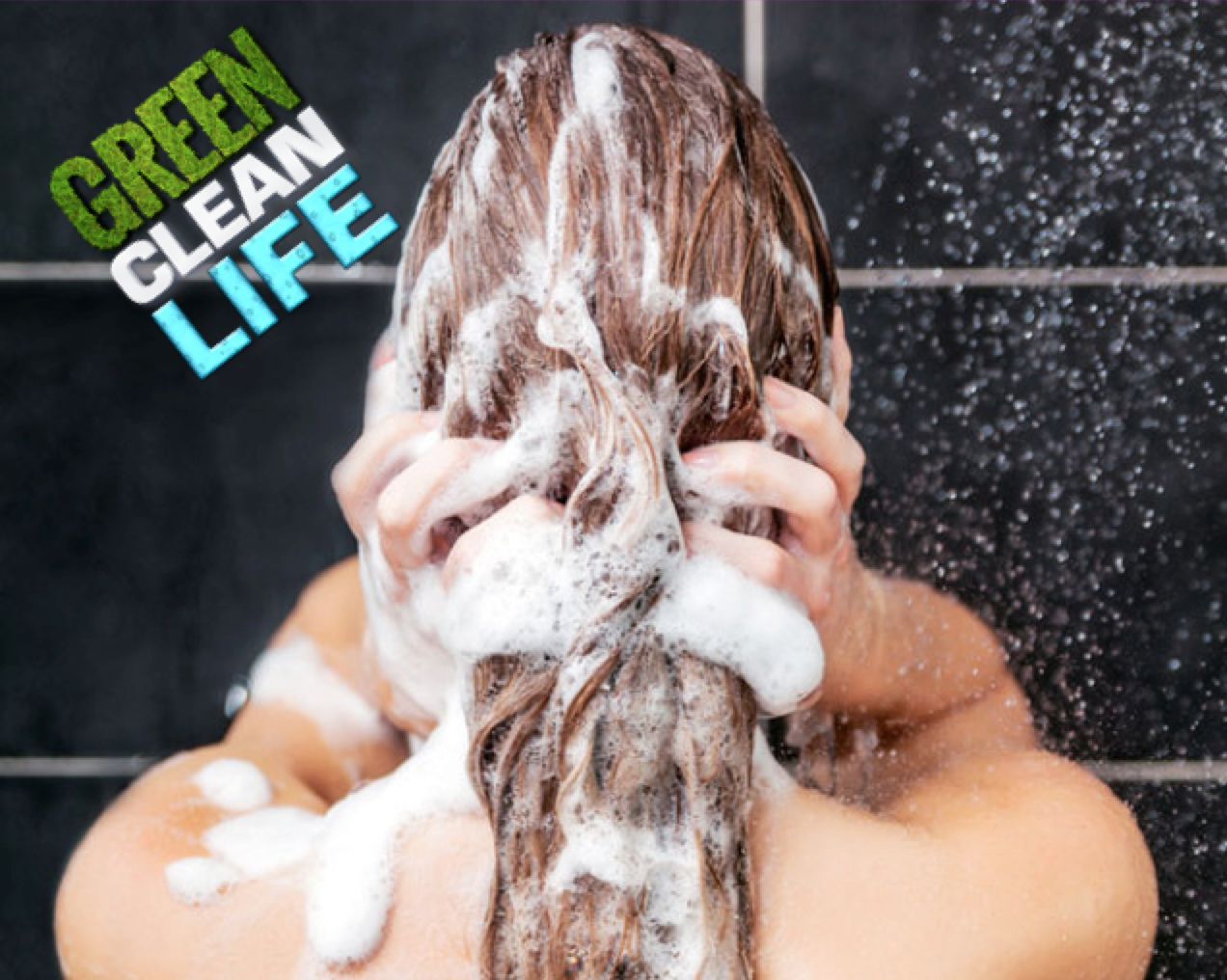It’s a real shame. More than that – it might be considered a national health hazard. 90% of Americans
are deficient in this essential nutrient. While it is hard to quantify the effect of this lack, the rise of
brain-based diseases such as Alzheimer’s and seeming increase in heart disease may be a result.
But, let’s look at the personal implication getting enough Omega-3. It is essential for brain health and for proper
cell and nerve function. It also supports memory, focus and attention spans. Further, it reduces ever-
dangerous inflammation in the body. In fact, DHA Omega-3comprises two-thirds of the brain. This is called an ESSENTIAL FATTY ACID because it is essential.
Here’s the biggest issue – the body does not make this naturally – it must come from the foods we eat.
The most common source is fish. That’s why everyone touts the benefits of fish oil. But stop for a
minute. Before you run out and buy some fish oil at the grocery store, know that all Omega-3 fish oil
products are not the same.
Some things to avoid:
1. Heavy metal contamination
2. Synthetic oils
3. Artificial color
4. Caramel color
5. Dioxins
Eating fish directly can work, but today, we must be aware of mercury and other heavy-metals in fish.
So, look for a supplement considered a long-chain omega-3s, EPA and DHA. These are most abundant in
fish and shellfish, particularly fatty fish such as salmon, rainbow trout, tuna, mackerel, herring, sardines,
and pilchards.
Synthetic products are artificially produced ethyl ester fish oils. Thus, they are cheaper and easier to
produce. Avoid them. If you can’t tell the difference from the label, then do your homework.
Do look for:
1. Omega-3 source
2. Total Omega-3 content
3. High EPA and DHA
In closing, some important research has determined that babies have higher IQ’s when their mothers consumed substantial Omega-3’s, there was substantial consumption of Omega-3’s which can reduce symptoms of Alzheimer’s, and Omega-3’s contributed to healthy joints, heart health, and eye health. These reasons make it imperative that you supplement with Omega-3’s. A green manufacturing company, based in the United States, has produced an Omega-3 formula called Vitality Cold Water Omega-3. It uses cold water fish – a better source. Plus, it has been filtered and purified to ensure no contaminants such as mercury or other metals. It is a perfect, yet affordable, source of Omega-3’s. Ask about it today.

